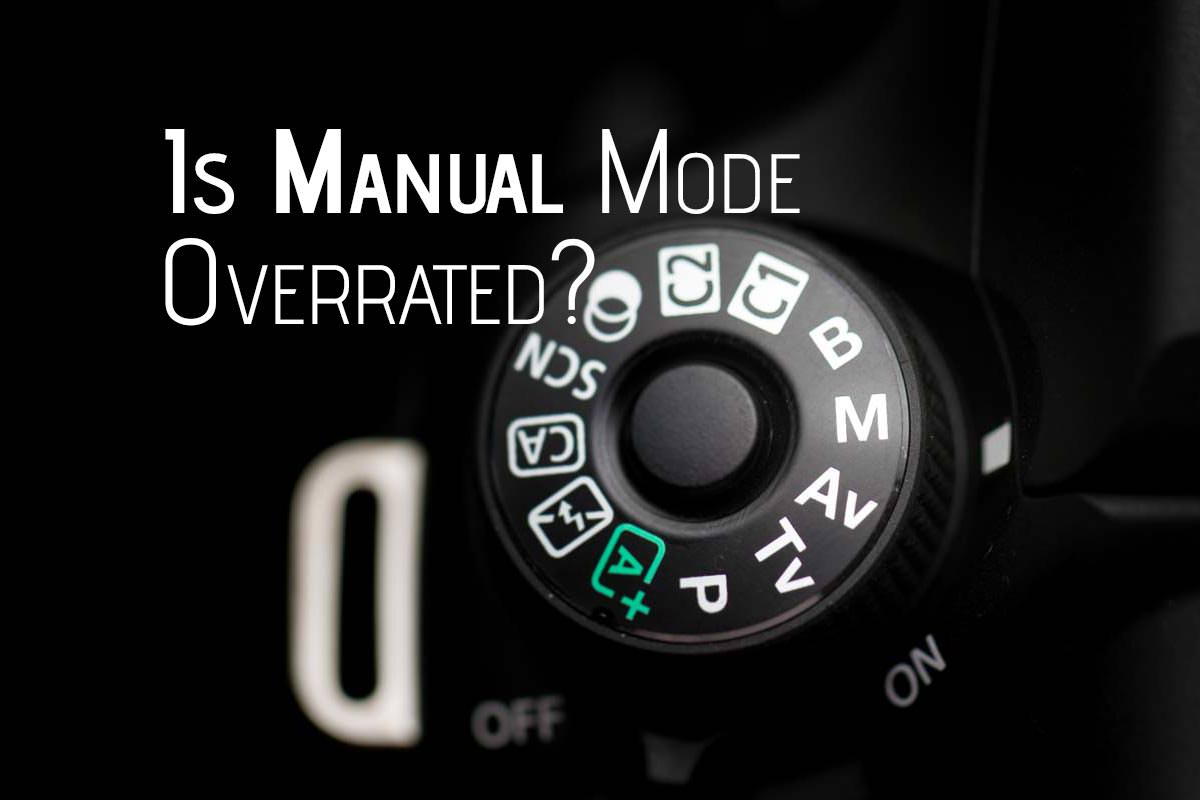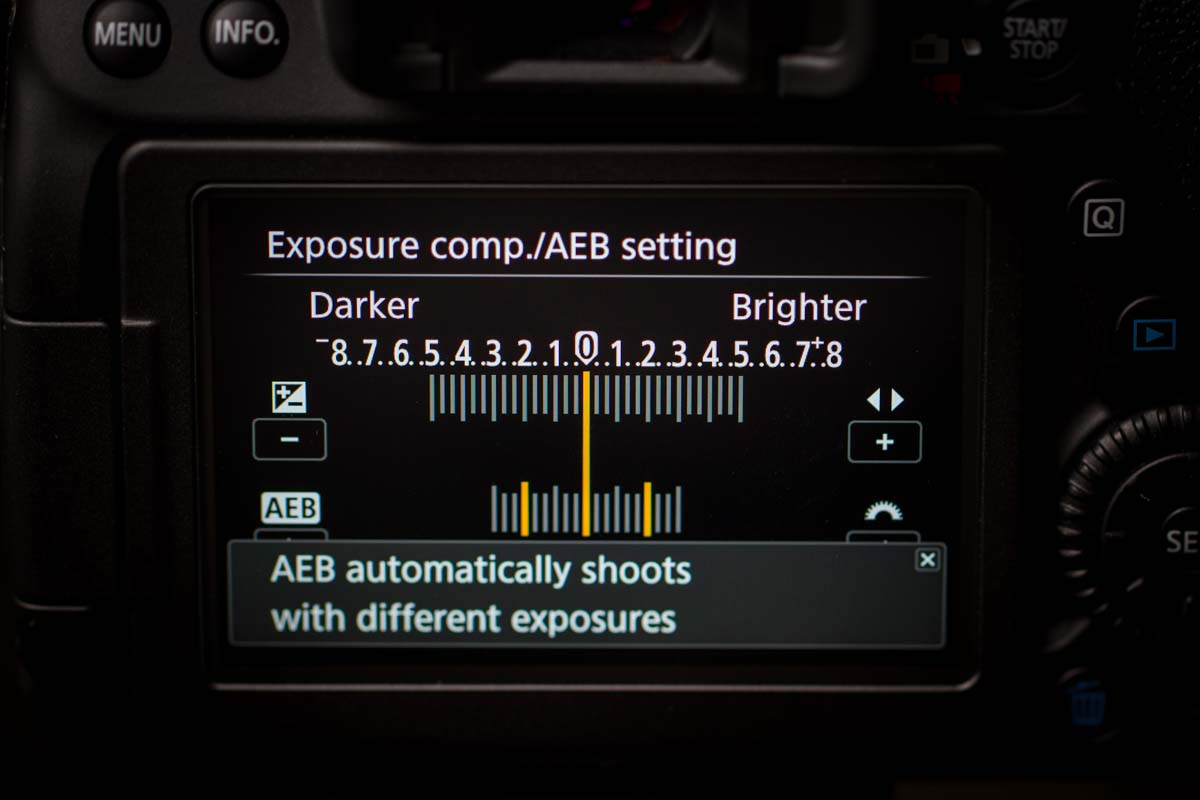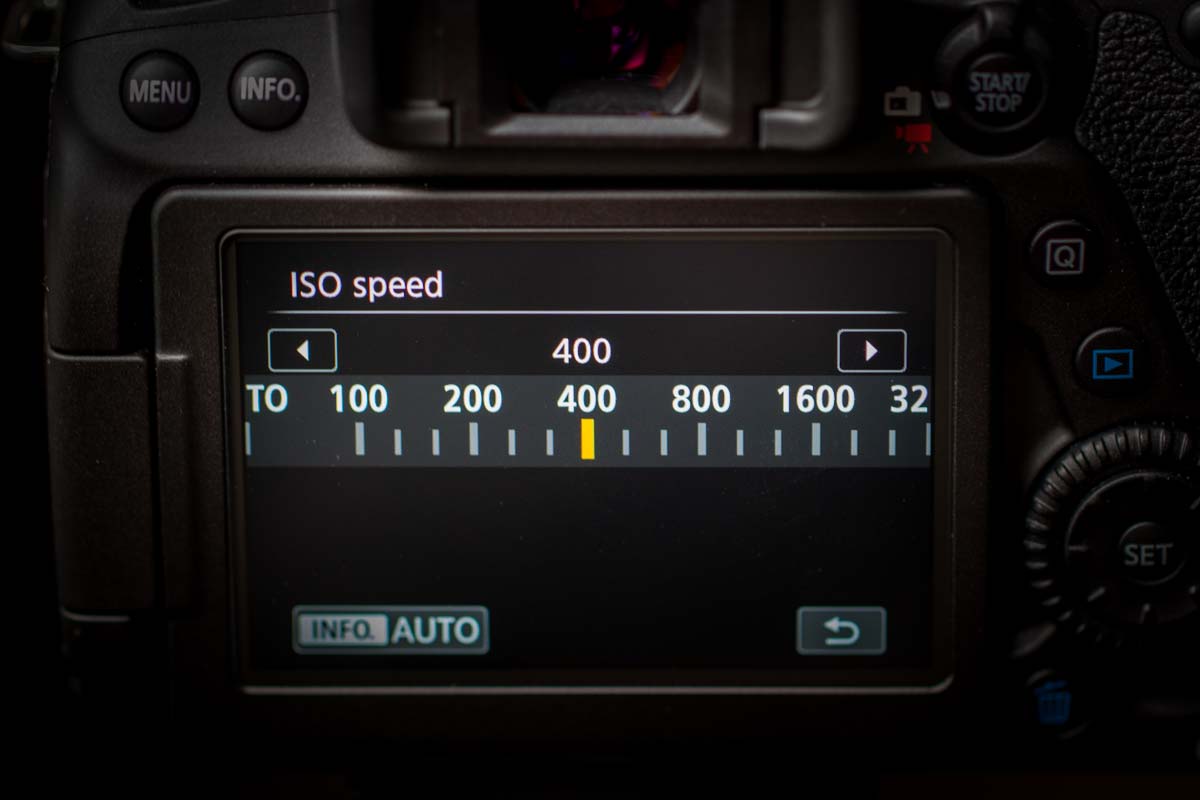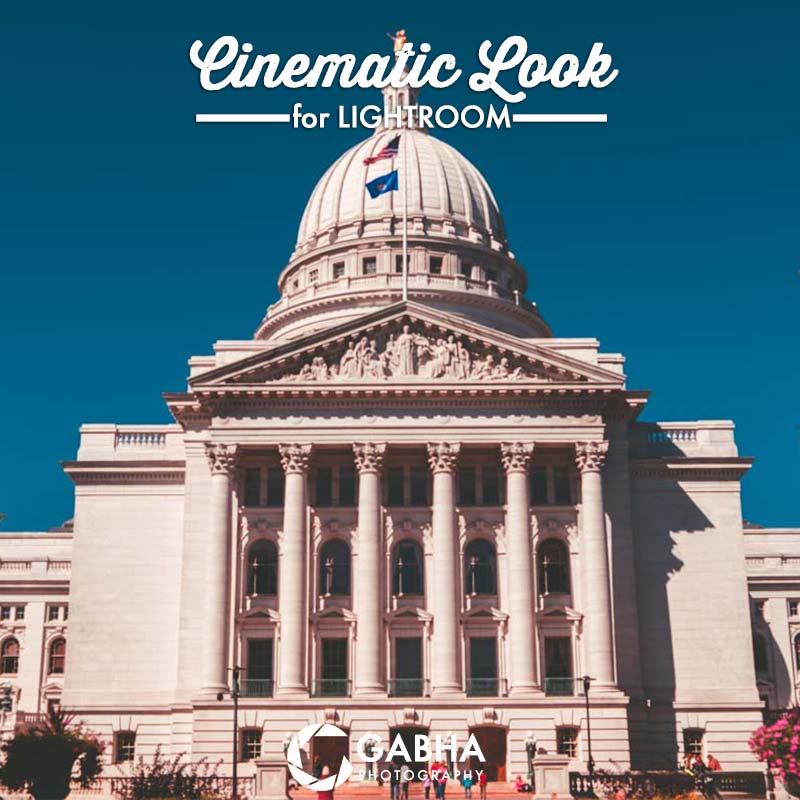21
February, 2017
We all have a friend or know another photographer who brags about shooting in Manual Mode, plus will try to make you feel like if you are not shooting Manual Mode you are not a good photographer.
Why do I need to learn Manual Mode? Is it so important? There is a computer in the DSLR that is able to take on some of the work of computing the exposure. So why not let it?
Manual mode was how you shot in film days but we live in the digital age why do we need to use Manual Mode?
My opinion is that it’s really overrated and therefore you don’t need to stress if you don’t know how to shoot in Manual Mode.
“If you are not shooting Manual Mode you are not a good photographer”
Use your favourite shooting mode, mine is Aperture Priority (Av/A) and learn to use other functionality such as:
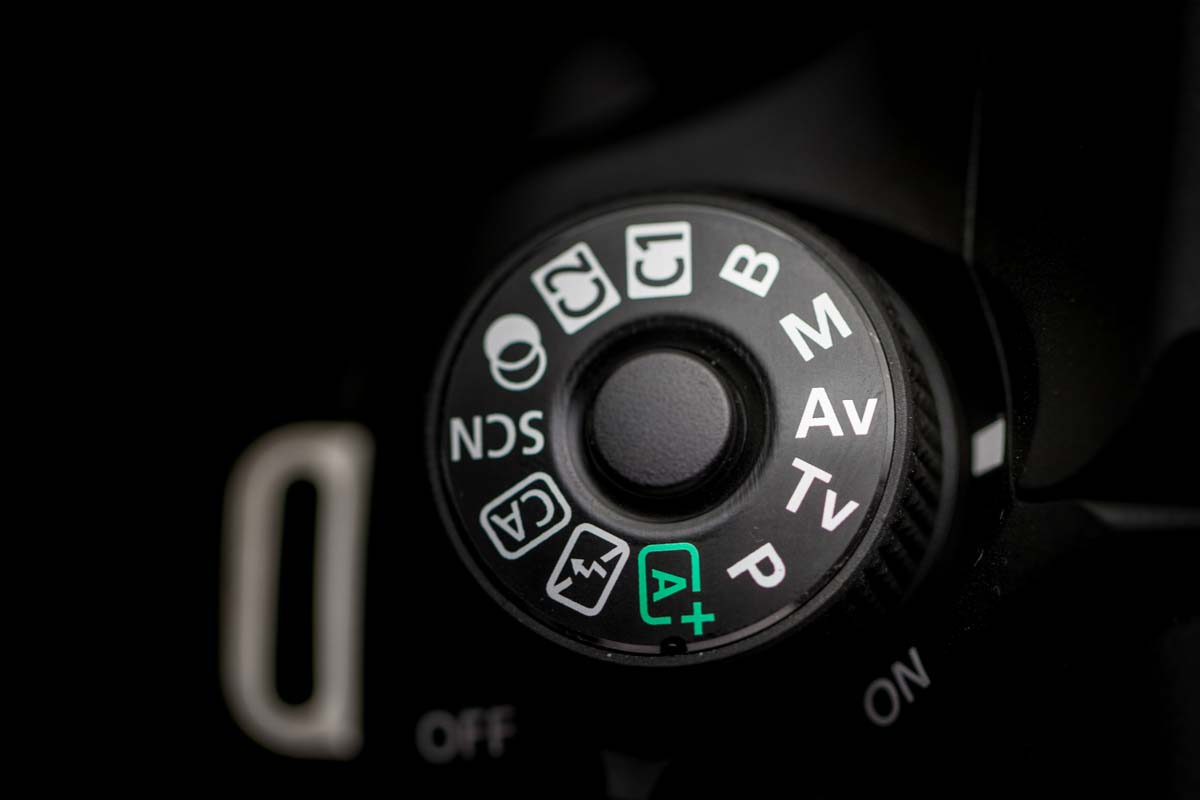
Aperture Priority (Av/A Mode)
- Exposure Compensation – Exposure compensation is very useful feature in your DSLR. It allows you to overexpose or underexpose an image. This is for your creative liking whether you want the camera to capture more light or less light. You DSLR is always programmed to aim for certain light exposure. But you can override it with this option.
- Metering Modes – Metering mode tells the camera computer how it should read the light coming in and based on it adjusts parameters to get same programmed exposure setting.
- Exposure Bracketing – This feature can allow you to shoot 3 images typically when you press the Shutter, one under exposed and another overexposed. Let’s face it disk space and memory cards are inexpensive so shooting multiple frames can very useful. Not to mention the potential of creating HDR images later on your computer.
- ISO sensitivity – ISO tells your camera how sensitive to light the sensor on the DSLR should be for the exposures. Making them over sensitive leads to noise but the newer cameras are getting better. But knowing how far you can push your camera ISO and you’d still be happy with the resulting image. It’s very useful.
These are far better and will help you get creative with your images and will give you the exposure that you want without having to master Manual Mode.
So focus on mastering the above settings and how they will help you take the images you want rather than getting your head around. They are much easy to master then trying to get the desired exposure by adjusting various settings in Manual Mode.
There are some cases where you may have to use Manual mode but these are very specific scenarios and for specific styles of shooting. Some for example are:
- Time Lapse
- Studio Shooting
- Astro Photography
But for majority of shooting needs you don’t have to shoot in Manual mode.


